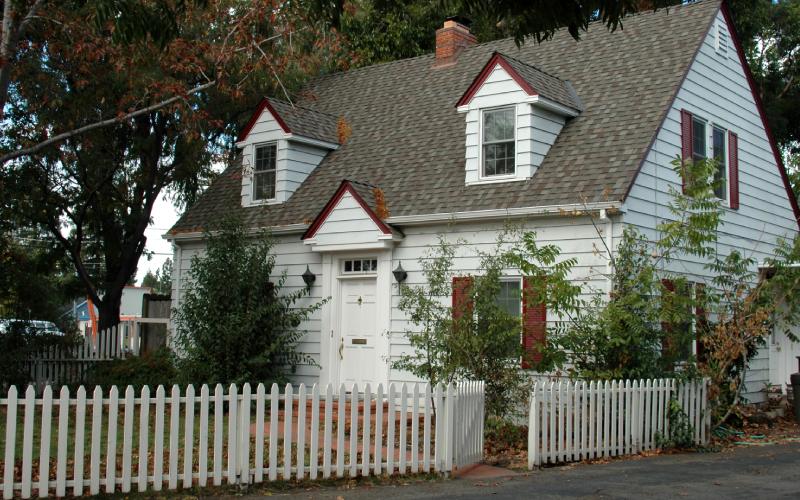Whether building a new fence or updating an existing one, ask yourself a few simple questions before you rush out and buy the same materials you always have.
Spending time designing your fence may save you time and money when building and maintaining your next fence – the result will most likely be a better performing fence.
If you are planning to build a fence, there are a few potentially challenging factors to bear in mind that can affect your installation requirements.
Pets: Are there large dogs or other animals to consider? Will they be fine behind a basic wood fence, or do they jump? (Fence height may become a deciding factor in this case.)
Children: Are there small children who need to be supervised in a yard? Will a small pre-assembled fence do the trick?
Pool: Are there elements to consider, like a pool, with codes and requirements? Will it need its own entry gate that locks?
Gate: Will a gate be required? Do you need access from the street or will the driveway be the only point of access?
Posts: Depending on the height and type of fence you plan to install, hoe many fence posts will need to be interspersed along the fence pickets? Do you need corner posts or post caps?
Installation: What are your installation needs? Will you need to dig post holes? Do they need to be filled with a concrete mix for stability? What kind of spacing will work best? A step-by-step tutorial video can help ensure you install your fence correctly.
Type: The most important factor to consider is the type of fence you plan to build. Will it be a picket fence? A wood fence? Or a chain-link fence? Will it be a tall privacy fence or a short aesthetic fence to run the length of your property line? Do you need pressure-treated wood or galvanized steel?
2. CONSIDER THE PROPERTY & COST
The top thing to consider here is property lines. Sadly, the desire to build a fence can easily affect relationships with neighbors. People can be unpredictable, and it helps to consult a professional surveyor so that things move forward with proper documentation from the beginning. If the you plan to install the fence yourself, you should definitely call a surveyor before you begin to dig or build. Sometimes, even the professionals can be wrong, so proceed with caution. A good rule of thumb is to set the fence at least 1 foot (but preferably 2 feet) off the property line. This way there is a margin for error when building.
Not all yards are created the same. Whether it is a small yard, large yard, or anything in between, consider any potential obstacles. It helps to plan it all out with a screenshot of your yard from Google Earth. From here, do any additional homework that needs to be considered. Are there homeowner’s association rules? Is the property large and hilly? Planning ahead helps immensely in the long run.
3. ADD STYLE
Not all fences are created alike, and it pays to do your homework on all the different styles available. From a wood fence to privacy screens, weigh through the pros and cons of style and maintenance as mentioned above. This will help in choosing what works best for your property and lifestyle.
Consider installing screens and fencing to cover unsightly pool pumps that can’t be moved or air conditioning units on the side of your home. Add color to show a little personality and have fun in the space.
The possibilities really are endless when it comes to building a fence, and the value added is priceless.
A little planning beforehand helps keep the project manageable. Happy building!

